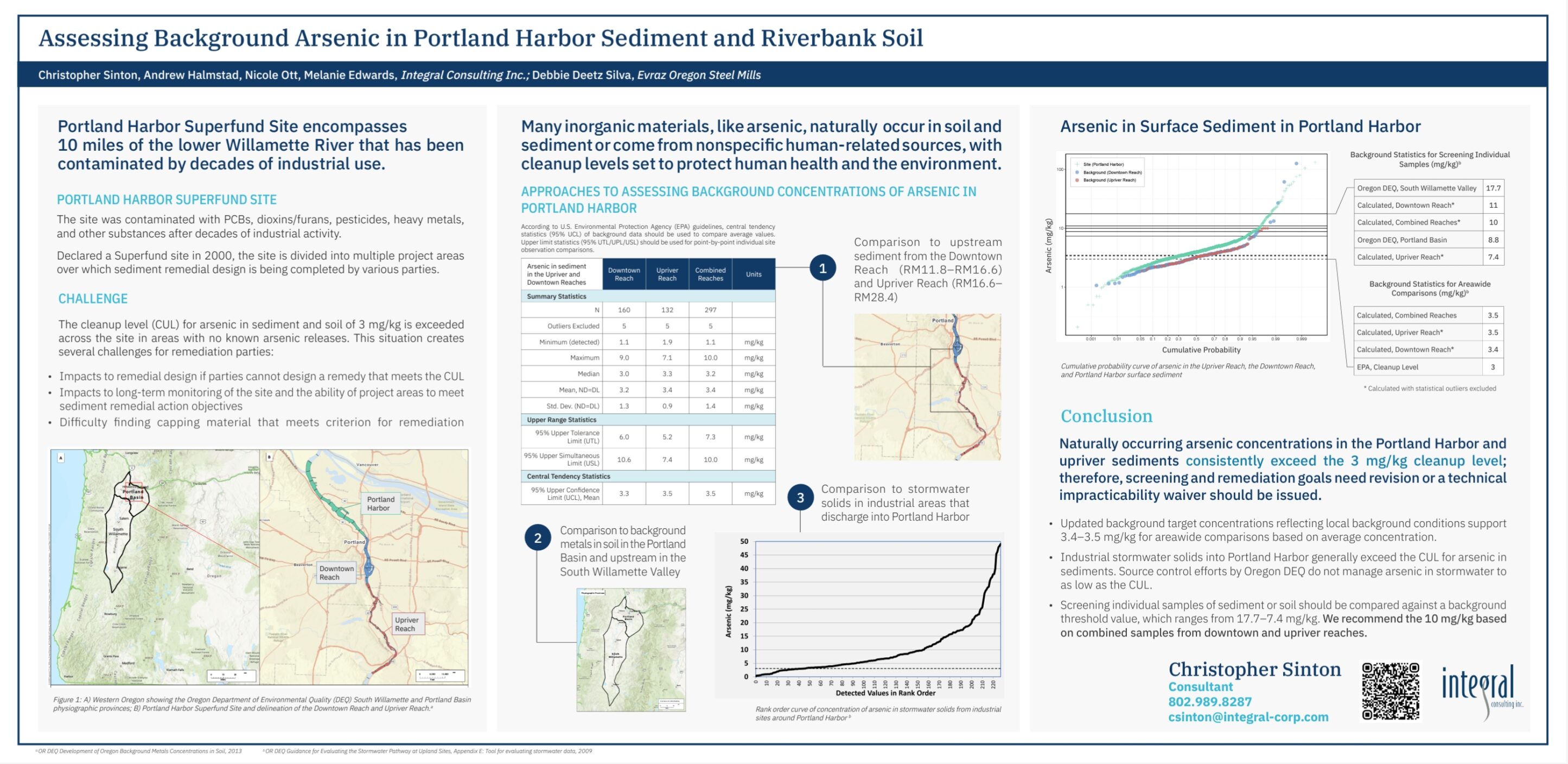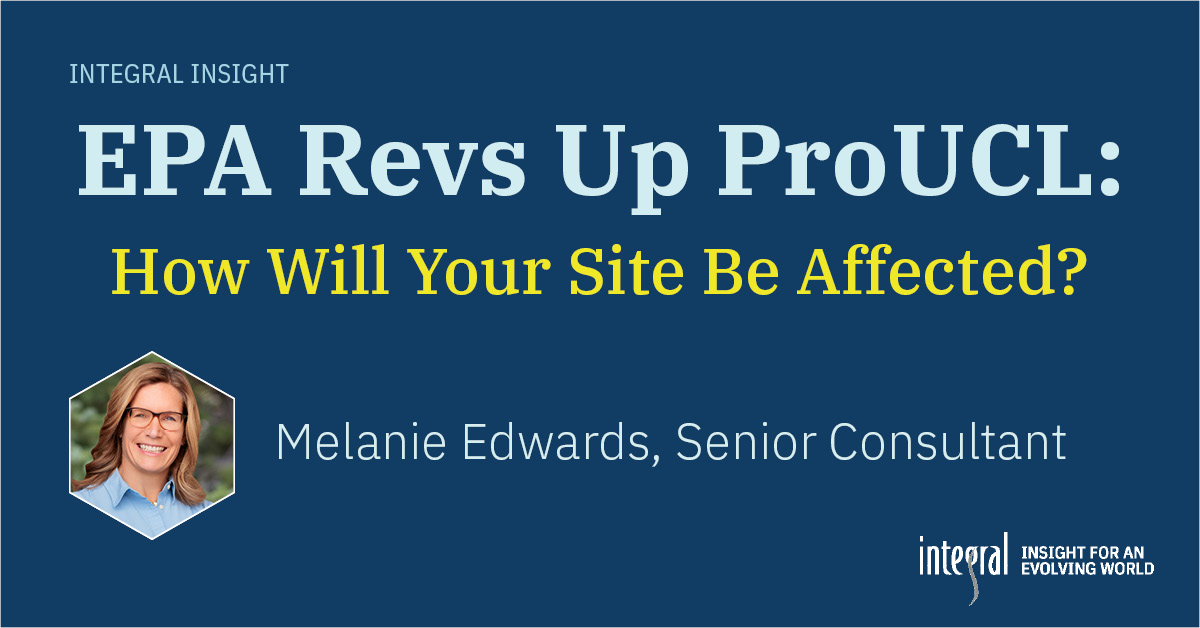
Ms. Melanie Edwards is an accredited statistician who routinely provides insight on the interpretation of analyses and presentation of findings for experts from a variety of backgrounds, including environmental science, ecology, toxicology, and engineering, and for non-scientists. She has provided litigation support in the form of depositions, trial testimony, and expert reports. Her work includes investigations of multichemical and multimedia interactions, environmental forensics, spatial and temporal trend analysis, modeling exposure and effect relationships, probabilistic modeling, and study design considerations. With more than 20 years of experience, Ms. Edwards has provided statistical support for projects involving PCBs, dioxins/furans, PAHs, and metals in soil, sediment, dust, groundwater, surface water, tissue, and air.
Ms. Edwards’ understanding of data workflow includes data management practices, data review and cleansing, statistical analysis methods, and clear presentation and communication of findings. Equally important, she understands the weaknesses and limitations of improper data preparation and statistical techniques to avoid over-interpretation of results. She is familiar with traditional methods such as correlation, regression, analysis of variance, non-linear models, factor analysis, principal component analysis, and non-parametric methods, as well as modern analytics techniques as they apply to environmental data.
M.S., Statistics, University of Wisconsin, Madison, Wisconsin, 1997
B.S., Mathematics/Statistics, University of Washington, Seattle, Washington, 1991
Accredited Professional Statistician with American Statistical Association (2014–2019, 2019–present)
Member of American Statistical Association
Melanie Edwards, PStat. Senior Solution Architect
Ms. Melanie Edwards is an accredited statistician who routinely provides insight on the interpretation of analyses and presentation of findings for experts from a variety of backgrounds, including environmental science, ecology, toxicology, and engineering, and for non-scientists. She has provided litigation support in the form of depositions, trial testimony, and expert reports. Her work includes investigations of multichemical and multimedia interactions, environmental forensics, spatial and temporal trend analysis, modeling exposure and effect relationships, probabilistic modeling, and study design considerations. With more than 20 years of experience, Ms. Edwards has provided statisti...
Ms. Melanie Edwards is an accredited statistician who routinely provides insight on the interpretation of analyses and presentation of findings for experts from a variety of backgrounds, including environmental science, ecology, toxicology, and engineering, and for non-scientists. She has provided litigation support in the form of depositions, trial testimony, and expert reports. Her work includes investigations of multichemical and multimedia interactions, environmental forensics, spatial and temporal trend analysis, modeling exposure and effect relationships, probabilistic modeling, and study design considerations. With more than 20 years of experience, Ms. Edwards has provided statistical support for projects involving PCBs, dioxins/furans, PAHs, and metals in soil, sediment, dust, groundwater, surface water, tissue, and air.
Ms. Edwards’ understanding of data workflow includes data management practices, data review and cleansing, statistical analysis methods, and clear presentation and communication of findings. Equally important, she understands the weaknesses and limitations of improper data preparation and statistical techniques to avoid over-interpretation of results. She is familiar with traditional methods such as correlation, regression, analysis of variance, non-linear models, factor analysis, principal component analysis, and non-parametric methods, as well as modern analytics techniques as they apply to environmental data.

What Lies Beneath: Exercising Caution when Repurposing Data in Environmental Analytics
Resource
March 05 2024

- Forensics
- Site Investigation
- Statistical Modeling
- Data Sufficiency
- Aerial Deposition
- Litigation Support
- R&D
- Expert Testimony

